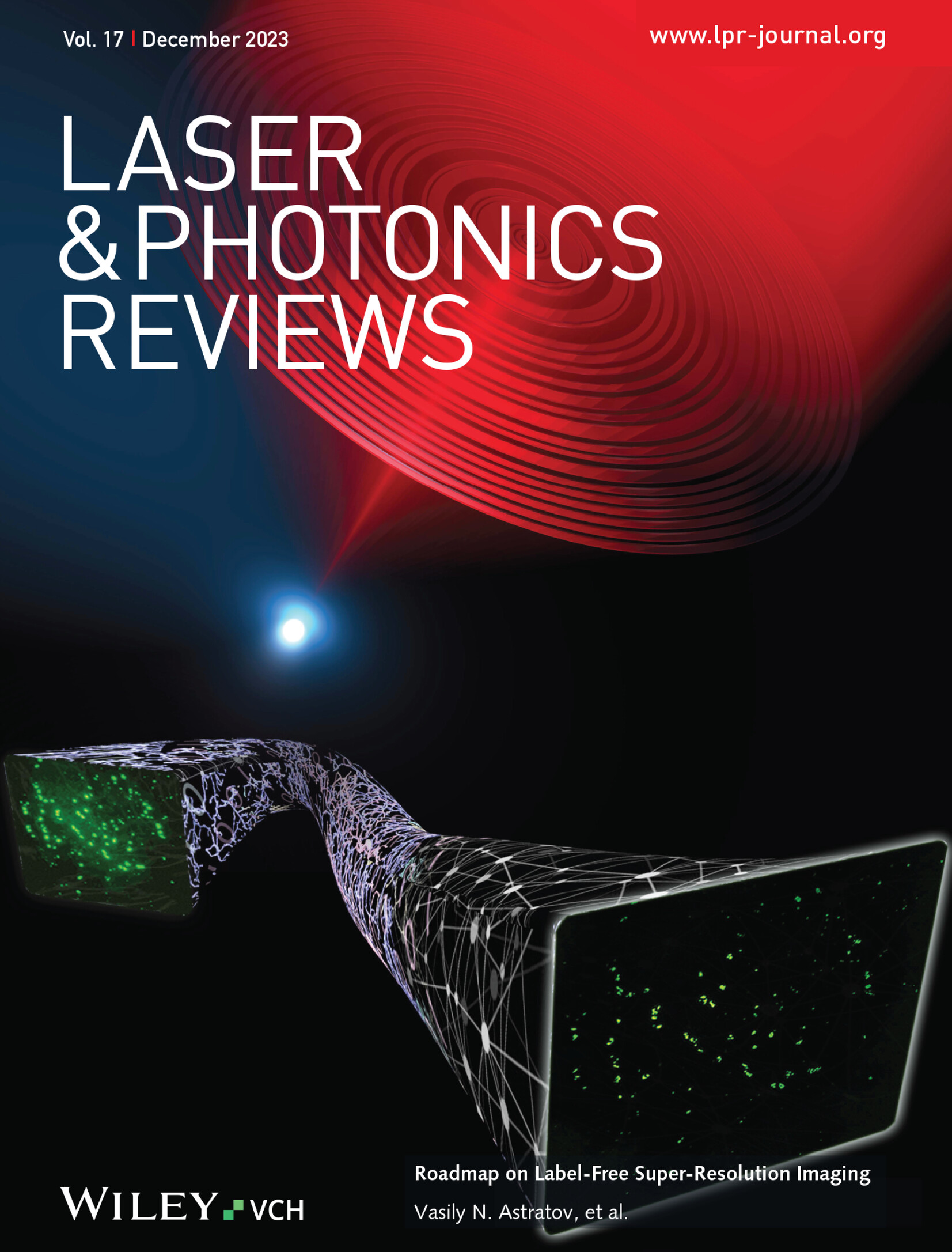High‐Speed Hemodynamic Imaging with Low‐Fluence Photoacoustic Microscopy and Self‐Supervised Single Volume Denoising
IF 9.8
1区 物理与天体物理
Q1 OPTICS
引用次数: 0
Abstract
Photoacoustic microscopy (PAM) enables label‐free imaging of the 3D vasculature and functional information with 2D lateral scan. The unique capacity in probing metabolism makes it ideal for animal research and clinical application. However, the high‐excitation power impedes the high‐speed monitoring of hemodynamics due to thermal accumulation and photon damage. To address this challenge, a self‐supervised photoacoustic single volume denoising (PSVD) approach, which combines 3D random sampling and noise augmentation to achieve 6 dB signal‐to‐noise‐ratio and contrast‐to‐noise‐ratio increases for the customized optical‐resolution photoacoustic microscope, is developed. Using PSVD, high‐quality PAM images of the mouse ear are acquired with only 10% fluence of normal excitation. Functional imaging is validated with this PSVD‐empowered low‐fluence PAM. Accurate oxygen saturation maps and high‐contrast flow kymographs are obtained. Moreover, the capability of this approach in the live mouse ear under hypercapnia is demonstrated. Further transformation into clinical imaging with low fluence will broaden the application of PAM.利用低影响光声显微镜和自监督单体去噪技术进行高速血流动力学成像
光声显微镜(PAM)可通过二维横向扫描对三维血管和功能信息进行无标记成像。其独特的新陈代谢探测能力使其成为动物研究和临床应用的理想选择。然而,由于热积累和光子损伤,高激发功率阻碍了对血液动力学的高速监测。为了应对这一挑战,我们开发了一种自监督光声单体去噪(PSVD)方法,该方法结合了三维随机抽样和噪声增强技术,使定制的光学分辨光声显微镜的信噪比和对比度信噪比提高了 6 dB。使用 PSVD,只需正常激发的 10%流强就能获得高质量的小鼠耳部 PAM 图像。这种 PSVD 驱动的低荧光 PAM 对功能成像进行了验证。获得了精确的氧饱和度图和高对比度的血流曲线图。此外,还证明了这种方法在高碳酸血症条件下对活体小鼠耳朵进行成像的能力。进一步将低荧光转化为临床成像将拓宽 PAM 的应用范围。
本文章由计算机程序翻译,如有差异,请以英文原文为准。
求助全文
约1分钟内获得全文
求助全文
来源期刊
CiteScore
14.20
自引率
5.50%
发文量
314
审稿时长
2 months
期刊介绍:
Laser & Photonics Reviews is a reputable journal that publishes high-quality Reviews, original Research Articles, and Perspectives in the field of photonics and optics. It covers both theoretical and experimental aspects, including recent groundbreaking research, specific advancements, and innovative applications.
As evidence of its impact and recognition, Laser & Photonics Reviews boasts a remarkable 2022 Impact Factor of 11.0, according to the Journal Citation Reports from Clarivate Analytics (2023). Moreover, it holds impressive rankings in the InCites Journal Citation Reports: in 2021, it was ranked 6th out of 101 in the field of Optics, 15th out of 161 in Applied Physics, and 12th out of 69 in Condensed Matter Physics.
The journal uses the ISSN numbers 1863-8880 for print and 1863-8899 for online publications.

 求助内容:
求助内容: 应助结果提醒方式:
应助结果提醒方式:


